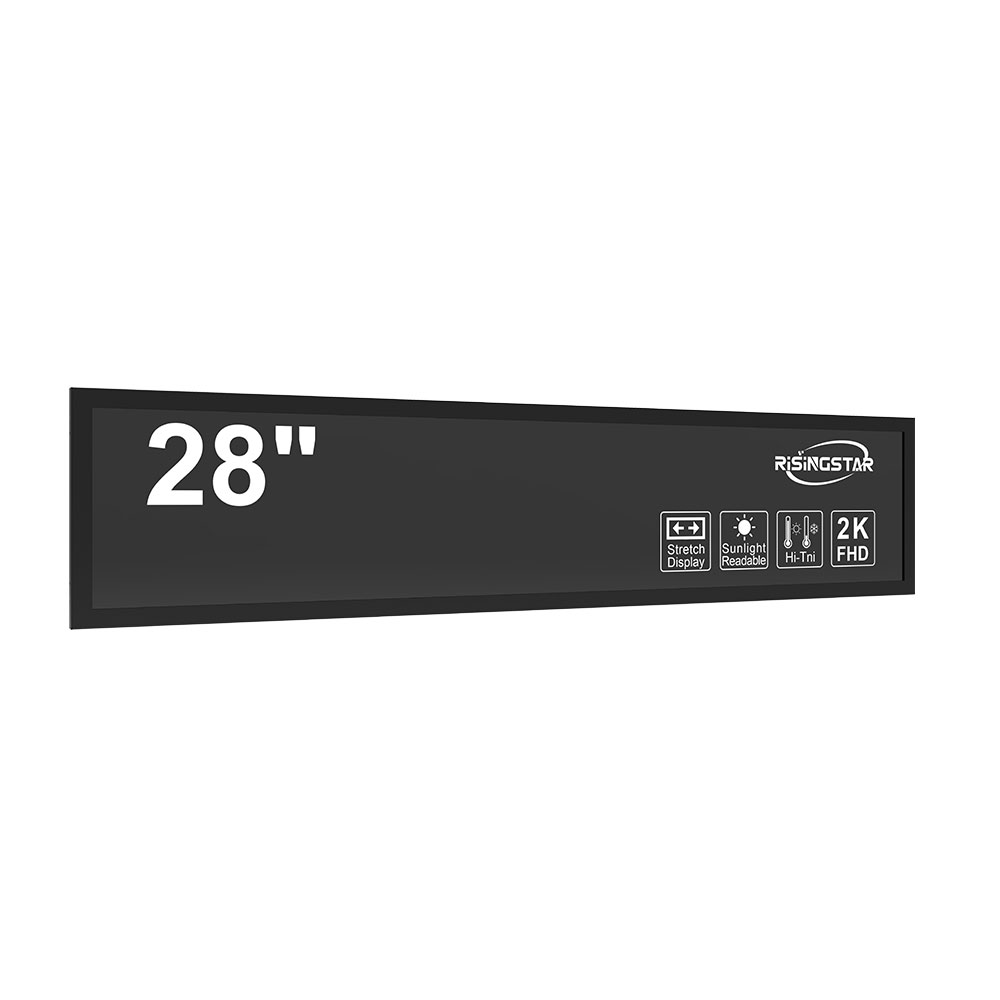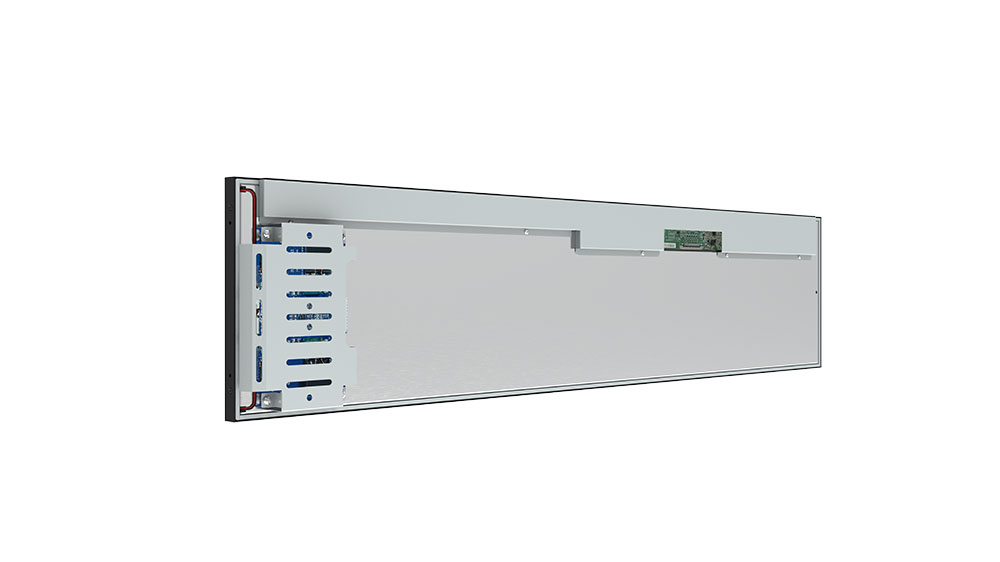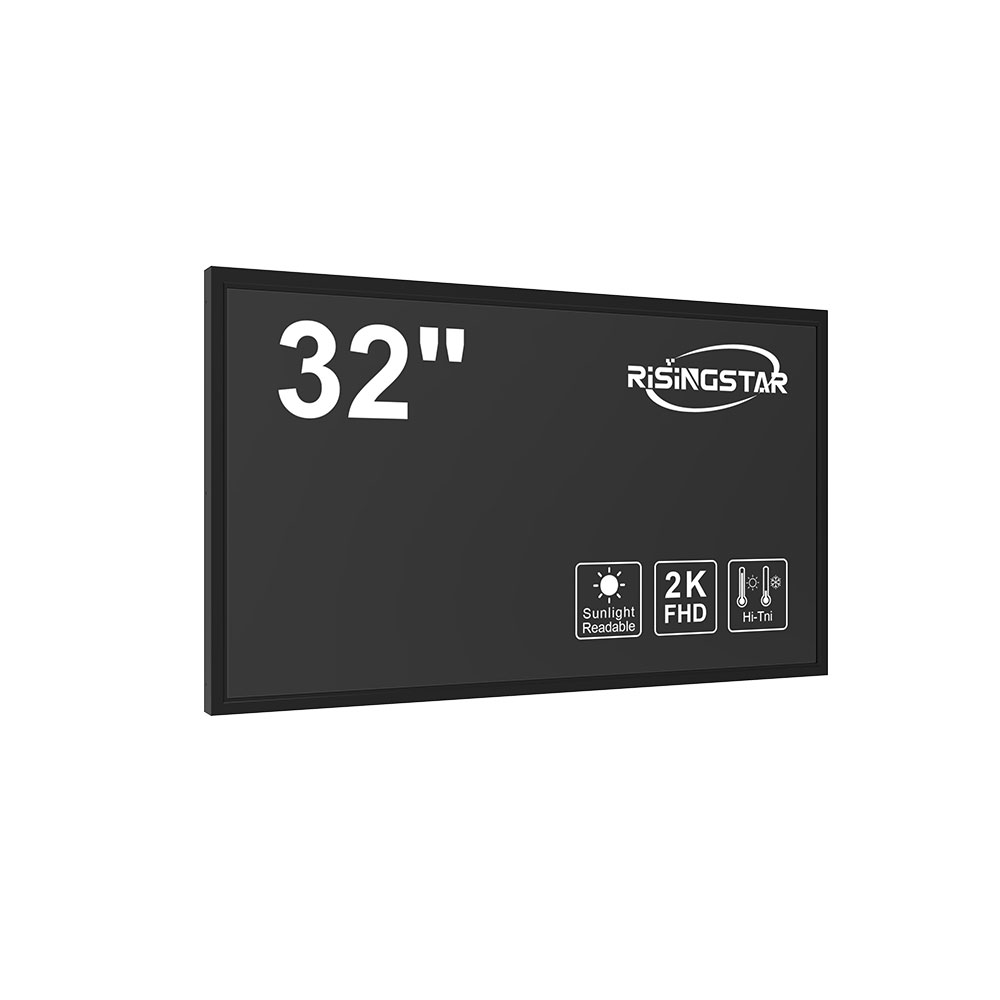- Home
- About Us
- Products
- News
- Video
- Contact
- Send Inquiry
Search
- Home
- About Us
- Products
- News
- Video
- Contact
- Send Inquiry

McDonald’s menu boards are far more than just signage—they are a critical component of the brand’s customer experience, operational efficiency, and visual identity. In high-traffic environments such as drive-thrus, outdoor kiosks, and brightly lit storefronts, these digital and static displays must remain legible under direct sunlight, varying weather conditions, and fluctuating ambient light levels. The engineering behind McDonald’s menu boards reflects decades of innovation in display technology, user-centered design, and human factors research.
Modern McDonald’s menu boards utilize high-brightness LCD (Liquid Crystal Display) screens capable of producing over 5,000 nits of luminance—more than double the brightness of typical indoor displays (which usually max out at 1,000–2,000 nits). This level of brightness ensures readability even on sunny days, as confirmed by industry standards like ISO 9241-302 for daylight readability. These displays often incorporate anti-reflective coatings, polarized filters, and advanced backlighting systems (such as LED edge-lit or full-array local dimming) to minimize glare while maximizing contrast and color accuracy.

A key advancement in McDonald’s digital menu boards is their integration with dynamic content management systems (CMS), such as those provided by companies like Signage Solutions or LG Digital Signage. These systems allow real-time updates based on time-of-day pricing, promotions, or inventory status—critical for optimizing sales and reducing waste. For example, during breakfast hours, the board automatically switches to highlight Egg McMuffins and coffee; after lunch, it emphasizes value meals and Happy Meal bundles. Such automation is powered by AI-driven analytics that analyze foot traffic, weather, and historical data to optimize content relevance.
In addition to brightness, McDonald’s prioritizes durability and maintenance. Many outdoor units use IP65-rated enclosures, which protect against dust and water ingress—essential for global deployment in climates ranging from desert heat to coastal humidity. Thermal management systems, including passive heatsinks and fan-assisted cooling, ensure long-term reliability in extreme temperatures. A case study from McDonald’s Japan in 2022 showed that their new solar-powered menu boards reduced energy consumption by up to 30% while maintaining peak visibility—even in Tokyo’s intense summer sun.

From a UX perspective, McDonald’s adheres to principles of clear hierarchy, minimal text, and intuitive icons. Research from Nielsen Norman Group supports this approach, showing that consumers process visual information 60,000 times faster than text alone. This is why menu boards feature large, high-contrast images of burgers and fries alongside simplified language and bold font sizes (often 36pt or larger). Color psychology also plays a role—red and yellow dominate due to their association with urgency and appetite stimulation, respectively.
Finally, sustainability is increasingly shaping menu board design. McDonald’s Global Sustainability Report (2023) notes that 70% of new installations now use recycled materials in housing and low-power displays. This aligns with broader ESG goals and consumer expectations for environmentally responsible brands.
The evolution of McDonald’s menu boards exemplifies how branding, technology, and human-centered design intersect to deliver functional excellence in public-facing digital interfaces. As lighting conditions and consumer behavior continue to evolve, so too will the sophistication of these ubiquitous yet essential components of the fast-food experience.
